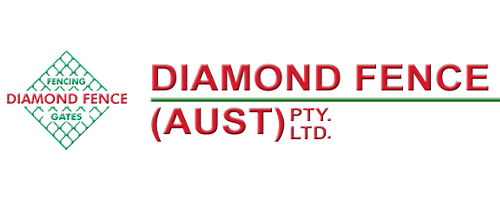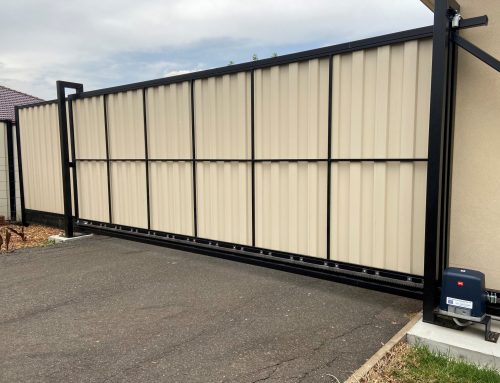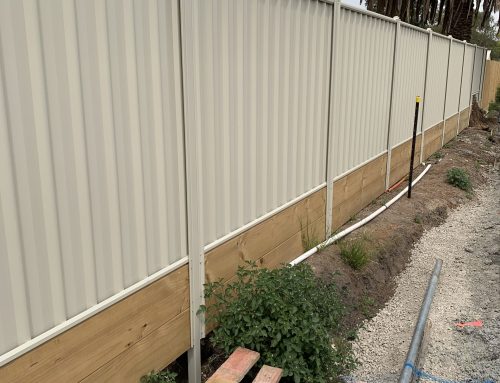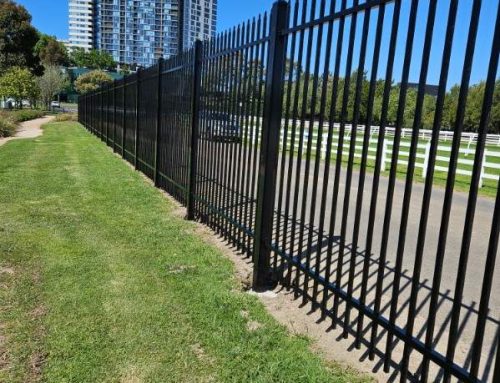A Fencing Type You Should Know: Woven Fence
The fencing world is full of different fencing types, and today we are going to talk about one of them. A fencing type we have not mentioned in our fencing blog before. Drum roll, please! Let’s find out what is a woven wire fence!
The woven wire fence has many various names, like box wire, non-climb, or simply woven wire. The last one, woven wire, is the most commonly used name for a woven wire fence. And as always, we will start with a simple definition.
What is a woven wire fence? Woven wire fence is a fencing type made out of woven wire and it has vertical and horizontal wires connected forming a grid. Those grids vary in sizes, depending on how close the wires have been connected. The woven wire itself can vary in shape and size, but the most common woven wire is either high tensile woven wire or non-high tensile woven wire. What does it mean? It means that high-tensile woven wire is much stronger and can resist stronger forces without breaking. Non-high tensile woven wire is more suitable when your fence doesn’t have to resist harsh external factors testing its durability. If you would ask which choice is better, then it would come down to the cost and which one you can afford. If money is not the issue, we would recommend high tensile woven wire as due to its strength and durability it is a better selection in the long run as it is more likely to stay firm and good looking for longer.
When we talk numbers, there are some you should know when it comes to woven wire fencing. Firstly, fencing posts. They are usually 5-6 inches round posts and depending on the purpose of the woven wire fence, the space between posts can vary, but for better security, they are installed closer than usual.
For describing a woven wire fence, a number combination is used. For example, 13-48-3. Each number has a meaning. The first one, 13, is used to describe the number of strands of wire running horizontally. Then the second number, 48, means the height, so in this case, it is 48″ tall, and the last but not least, number 3, means that the upright wire is spaced every 3 inches.
The most popular woven wire fence is 13-48-6. As we learned previously, it has 13 strands of wire running horizontally, is 48″ tall and has upright wires spaced every 3 inches.
Why is woven wire a good fencing choice?
In case some of the known fencing types like chain wire fence or barbed wire cannot be used (price or safety of the animals), for example, for containing sheep, pigs or horses, then woven wire fences are used instead. Sometimes a combination of the fencing types is used, for example, adding barbed wire on top of woven fire fence or adding electrified wire at the bottom of the fence to prevent animals from digging their way out or in.
When it comes to woven wire fencing, there are some key things to keep in mind. When the grids are too big, the woven wire fence can impose a risk to the animals. For example, sheep can get their heads stuck in the fence, or when kangaroos are jumping over the fence, their legs can get stuck in the grids. Therefore, be aware of the risks when installing a woven fence and deciding what size your grids should be.
What are woven wire fences used for?
As mentioned before, woven wire fences are very well-suited for animals like horses, cattle, pigs and sheep. There is no limitation where you can use it. You can also install it in your home if that’s what you wish. Don’t think woven wire fences to be simply for animals as there are various choices and designs out there that can give your home that classic look. Just a little bit of fencing research and you might find some beautiful woven wire gates and fences.
Today’s post was short and sweet!
Diamond Fence is one of the trusted fencing companies in Melbourne, therefore don’t hesitate, contact us today! We’ll help you out! Call us on (03) 9753 4566, shoot us an email on info@diamondfence.com.au, or just get a FREE online quote.








